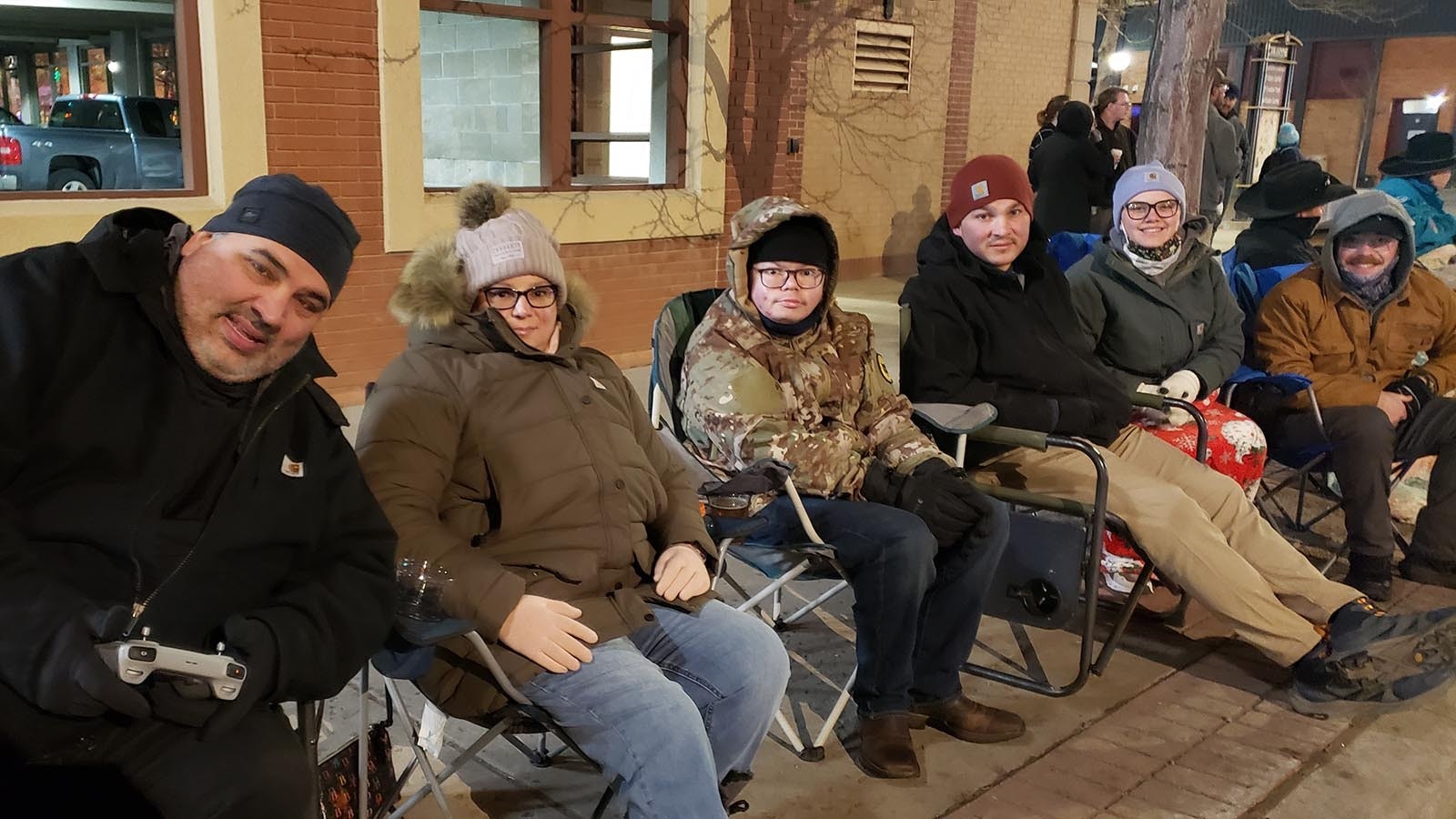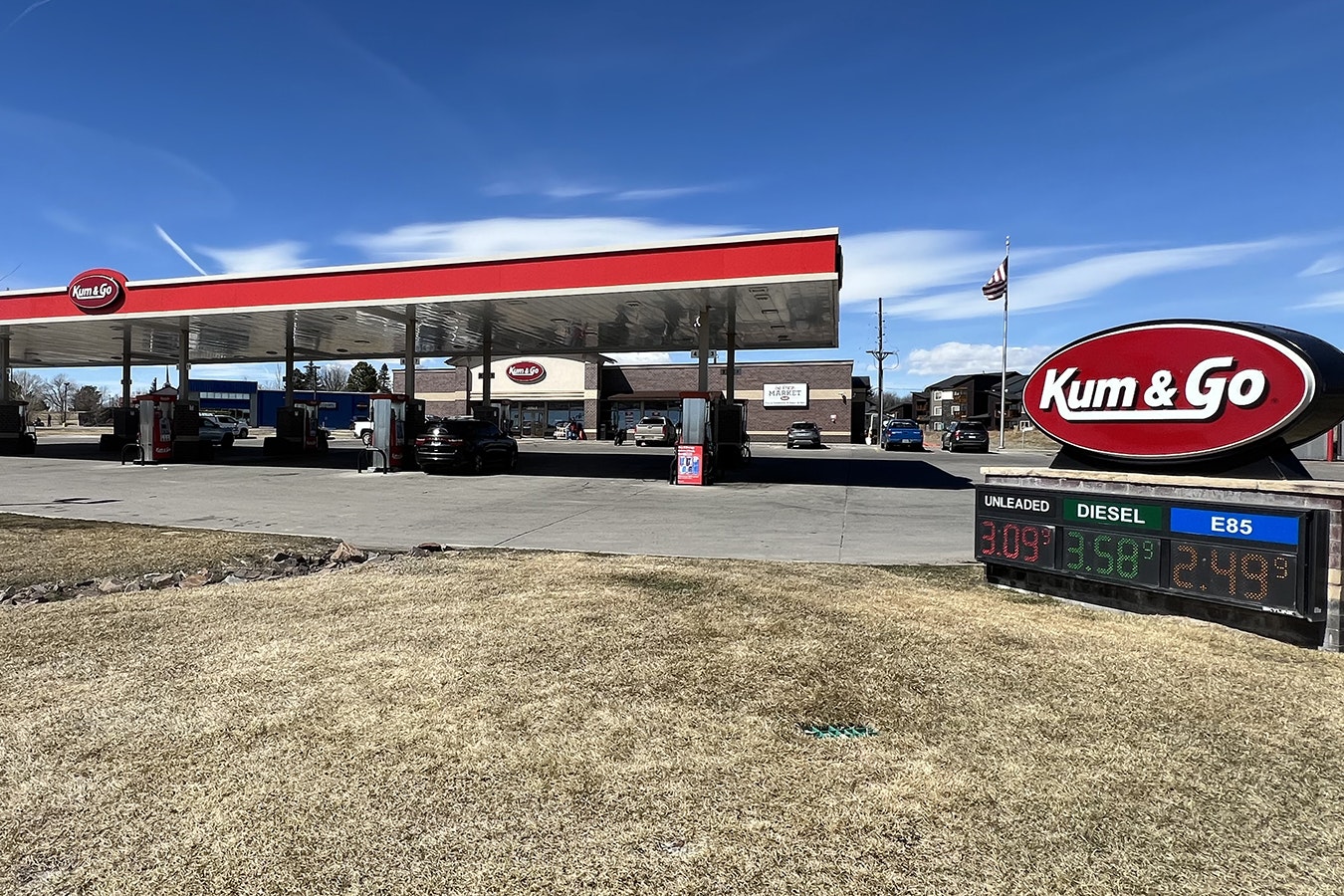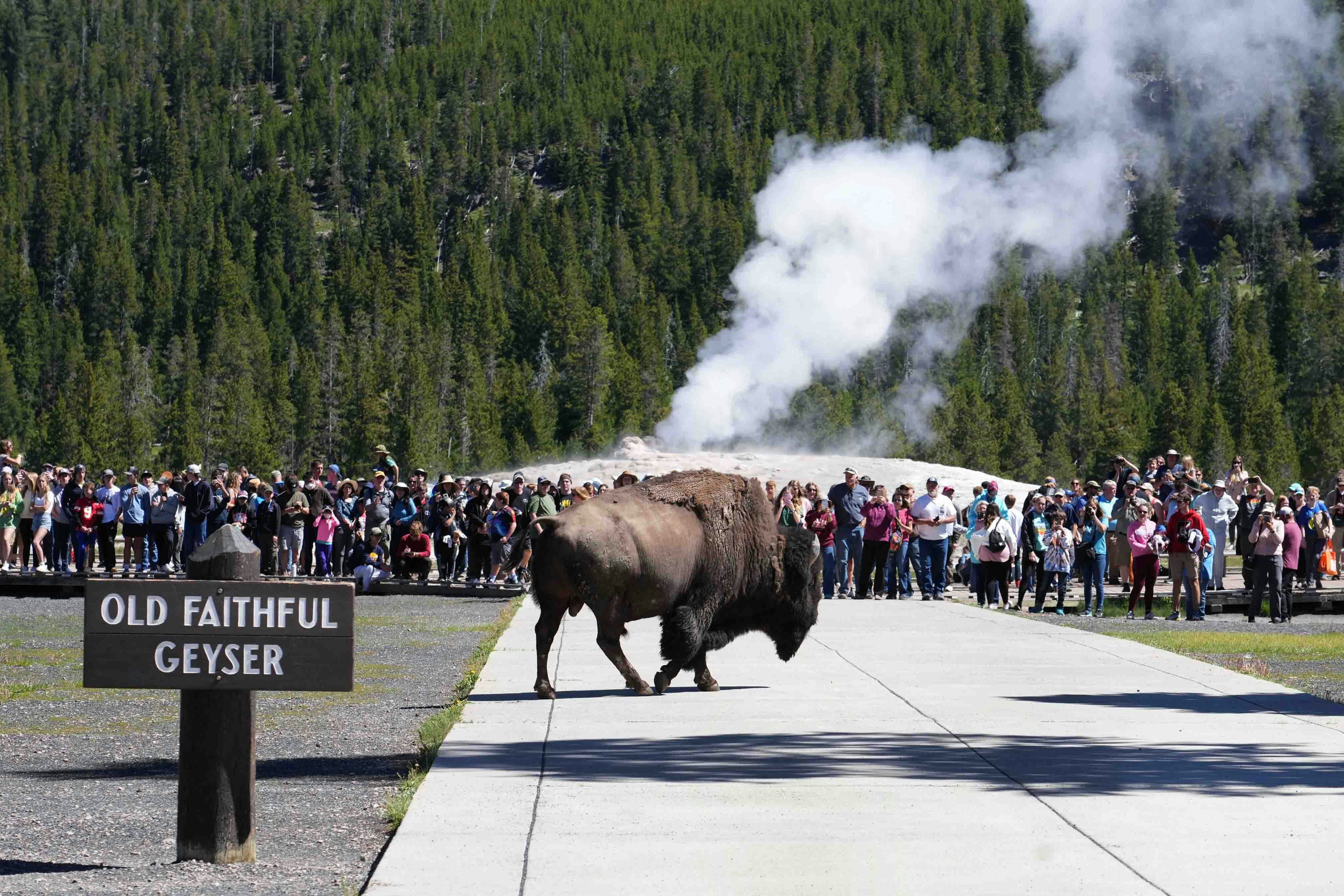By Renée Jean, Business and Tourism Reporter
renee@cowboystatedaily.com
Jay Drew moved to Cheyenne for the outdoor lifestyle but kept his job in Phoenix, Arizona, with a major logistics company. Ted LaRocca, whose job is based in New Orleans, meanwhile likes the schools, skiing and the fact that some of his bandmates live in Wyoming.
Drew and LaRocca are part of a growing remote workforce that’s chosen Wyoming as its base of operations now that some workplaces are friendlier to people working from a distance. Some cities, meanwhile, like Phoenix, are even incentivizing remote work to reduce traffic jams and pollution.
Data suggests, however, that Wyoming may not be making as much of this new opportunity to attract remote workers, many of whom bring unique skillsets, as it could be.
“Right now, the levels of remote work are slightly below what you would expect in the occupational structure,” Harvard researcher Eric Protzer said during a recent Wyoming Business Council panel on envisioning the future.
Protzer is basing that preliminary finding on self-reported variables from remote workers, which helped him frame up how predisposed each occupation is toward remote work. With that information, he can then look at a particular state or a particular city to see if it’s attracting a fair share of remote workers.
Based on that, Protzer sees an opportunity to grow remote workers in Wyoming, particularly in Laramie and Cheyenne, where he said there is substantially less participation from a remote workforce than might be expected.
Playing The Long Game
In Wyoming, new residents add to the demand on existing systems without necessarily bringing in a lot of new tax revenue to support that demand. But Wyoming should still think about attracting remote workers, Protzer said, because they bring new skill sets, which can ultimately help diversify the available labor pool.
That plays well with the state’s longstanding goal of diversifying its economy.
“In the long run, you would expect that some of these remote workers will have the knowledge, the knowhow in certain businesses and certain industries so that maybe they can go and start a company or contribute to a company in Wyoming,” Protzer said. “So even if they’re not paying a whole lot in the way of taxes, maybe because of that agglomeration of knowledge, there’s a route there that could create jobs for other people in the long run.”
For now, the finding is just a point of consideration, not yet a definite conclusion of the study Protzer is working on that examines new pathways to prosperity in Wyoming. But it’s something he believes is worth considering as a factor in steps the state could take to truly move the needle on diversification.
In fact, LaRocca is among remote workers in Wyoming who is thinking about doing just that. He’d like to start a new business, though he has not yet decided what it should be.
“We’re still thinking about it,” he said.
What’s Holding Remote Workers Back?
Nationwide, 6.5% of U.S. job postings over the past year were dedicated to remote work, while Wyoming’s job postings were 21% remote, according to research by Lexology, which compiles data on key business trends for companies around the globe.
The data suggests that the problems holding Wyoming back are not remote job opportunities, but something else.
Drew thinks he knows what two of those issues might be. First on his list of improvements that would attract remote workers, he said, is quality of life.
“Stay true to the Cowboy State,” Drew said. “Stay independent, stay rugged, but modernize.”
Younger workers are looking for culturally diverse things to do at night, Drew said, and many places where he lives in Cheyenne have closed up shop very early compared to other places he’s lived.
“There’s also just not enough services for the type of things people want to do nowadays,” he said.
Housing Crisis A Larger Issue
The second item on Drew’s list is the bigger issue, and one that could prove a dealbreaker, even for him. It’s the housing crisis.
“If you could go to a council meeting and scream this at the top of your lungs, ‘OK, this is the biggest part,’” he told Cowboy State Daily. “Someone has to build houses here – and they need to build a lot of houses. And for the love of God, don’t build them on top of each other. That’s not why people like me move here.”
The housing market is so tight in Cheyenne, Drew said he and his wife are considering moving somewhere else, possibly northern Wyoming or even to another state.
“If I’m continually in a fight every time I put in a bid on a house with 20 other people and the house sells before it’s even listed, I’m going to eventually just leave and I’ll take my wife and I’ll take my boys with me, and you know, that’s just a lost opportunity for the city,” Drew said. “And enough of us will do that because, look, trailer homes are fine, but it’s not somewhere I want to live.”
And Another Thing Or Two
Drew and LaRocca also talked about the expense and inconvenient logistics of flying in and out of Wyoming from their respective communities, Cheyenne and Casper, as well as lack of quality broadband in some communities that might otherwise be attractive to remote workers.
“Good internet is probably the biggest problem I’ve had,” LaRocca told Cowboy State Daily.
That is one reason he is eagerly awaiting a new fiber optic line from Bluepeak in his neighborhood. The business is offering up to 5 gigs per second as a minimum speed for residential service and up to 10 gigs or better for businesses in Casper, Cheyenne, Laramie and Sheridan.
“Who knows how long that’s gonna take,” LaRocca said about the buildout.
Drew, meanwhile, already has Bluepeak’s internet service in his neighborhood. He has 5 gig speed to ensure smooth Zoom meetings, as well as accommodate the online games his boys like to play.
“It’s blazing fast,” Drew said. “It’s awesome.”
Air Service
But airplane flights out of Cheyenne and Casper are not so awesome, and they both believe that’s a major downside for remote workers when it comes to choosing Wyoming.
“I understand the financial reason why it’s only a couple of flights a day,” Drew said. “But the issue you run into in my mind is not just the affordability, it’s the layover you inevitably get stuck with in Denver.”
We’ve had people trying to come visit and they would love to — trust me I’d love for them to fly into Cheyenne too, but nobody wants to because you end up stuck in Denver for five hours, waiting for the one flight to Cheyenne,” he said.
LaRocca, too, drives to Denver to fly out both because of that reason and the cost.
“Honestly, to drive and park my car (in Denver) is still you know 20 to 30% of what it would cost to fly out of Casper,” he said. “I’m bringing my band down to New Orleans to play some Christmas gigs, and we’re flying out of Denver.”





